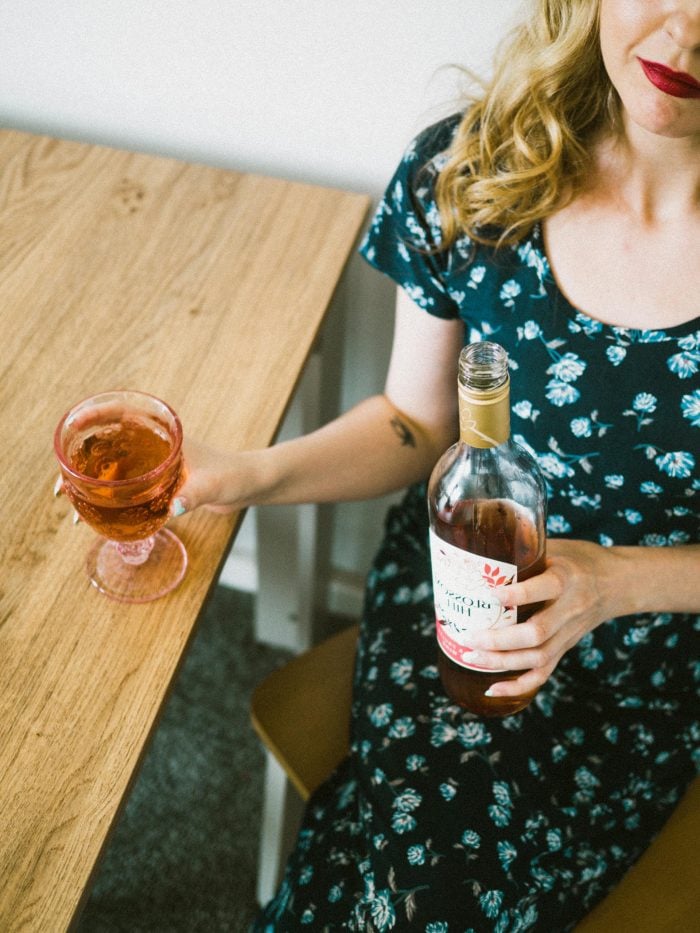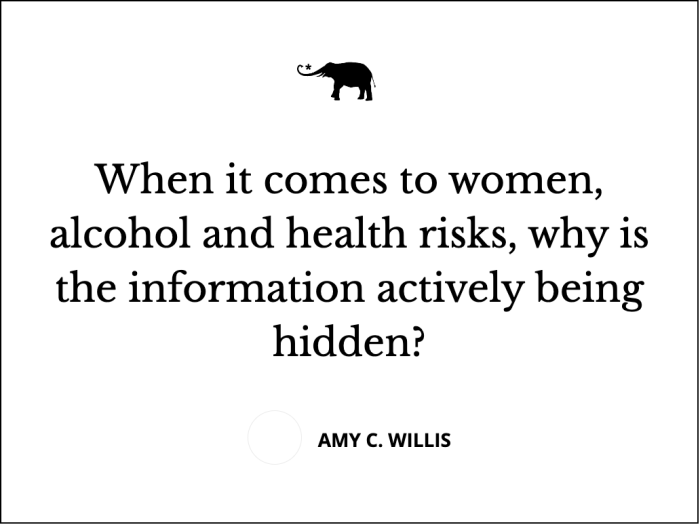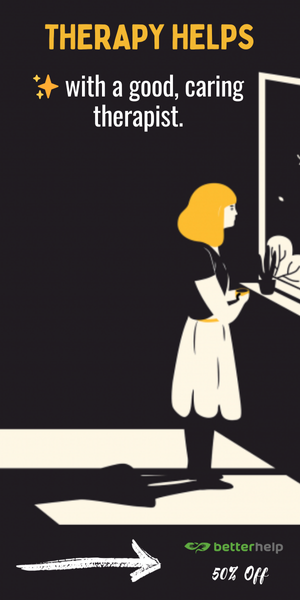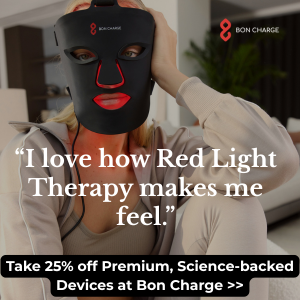{*Did you know you can write on Elephant? Here’s how—big changes: How to Write & Make Money or at least Be of Benefit on Elephant. ~ Waylon}
It started as a strange rash on my right breast.
I immediately assumed it was a patch of dry skin that would resolve on its own but after several months of its presence coupled with itching, flaky skin and discolouration, I became concerned.
But not concerned enough to go to the doctor…yet.
After many more months, I was pleased that the seemingly harmless skin issue had cleared itself up and—feeling grateful—made an internal promise to myself that I would take quicker action should any health issues arise in the future.
This is exactly what I did when I started to experience acute pain in the exact same spot that the rash had been on my right breast.
I called my doctor and made an appointment for a visual and manual breast examination to confirm my clean bill of health and rule out any issues.
Except that isn’t what happened.
During my breast exam, my doctor found a golf-ball sized mass in my right breast and immediately sent me for a mammogram and an ultrasound for more information.
I was 39 years old at the time and what I didn’t know was that I was about to embark on a scary and worrisome journey that would last for nearly two and a half years.
Going into my initial doctor’s appointment, I had some low grade worry simmering below the surface but was able to keep it at bay as I reviewed the (very little) I knew about breast cancer risk. I didn’t have any breast or other cancers in my family. I was young(ish), active, didn’t smoke and lived a healthy lifestyle. I immediately assumed I was in the clear. Given my understanding of risk factors for the disease coupled with what I knew of my own life and history, breast cancer was never something I considered would be part of my world or experience.
Until the doctor found the mass.
My first visit for imaging included both a mammogram and an ultrasound. It was my first mammogram and not only was it deeply uncomfortable physically, it was a nerve-racking experience. The imaging technician, in what I assume was intended to be lighthearted, made a joke about how I was the youngest woman in the building. And while that may have been true, I couldn’t bring myself to laugh because I was a 39 year old woman being screened to rule out breast cancer, a ruling that didn’t happen until nearly two and a half years after that initial mammogram.
Over those two and a half years, I experienced a tremendous amount of stress and worry, particularly between when my upcoming bi-annual imaging appointment was approaching and until the results of that appointment came in. In addition to the stressful emotional rollercoaster I found myself on, I also used this time to dig in and gain a better understanding of breast cancer. I was scared but also confused about what was happening to me and why. Based on my understanding of breast cancer risk factors, it wasn’t adding up for me.
That was until I learned that outside of genetic and hereditary factors, alcohol was one of the biggest risk factors for breast cancer.
By the time I learned this fact—and other facts like that alcohol had been classified as a Group 1 carcinogen in 1988 by the International Agency for Research on Cancer (IARC)—I had been sober for more than five years, so I wasn’t currently or actively contributing to my risk of developing breast cancer. But before I got sober in 2016, I struggled with a very severe addiction to alcohol that lasted for more than 15 years. I drank heavily for many of those years and regularly engaged in binge drinking, which I also learned increased my breast cancer risk in scary ways.
I couldn’t believe that I didn’t know about the causal relationship between alcohol and breast cancer! For context, I have been working professionally as a sober coach (with a predominantly female client base) since 2019 plus I hold a research and health-based Master’s degree and I was someone who used to consume copious amounts of alcohol. Given these aspects of my personal and professional lives, why didn’t I know this information? Why did it take a personal breast cancer scare for me to have to seek out this information? And if I wasn’t aware of this, again given my profession and educational background which gives me an advantage, how on earth would women without those advantages learn about this relationship?
Turns out, most women aren’t aware of the causal relationship between alcohol and breast cancer. In fact, an alarmingly high number of women (around 70-80%) globally simply don’t know that a relationship between alcohol consumption and breast cancer risk even exists, which is deeply concerning given that the majority of women consume alcohol and alcohol is ubiquitous, glamorized and socially and culturally normalized to the point where we often have to explain why we aren’t consuming it—a toxic, poisonous, addictive substance—rather than why we are. In many parts of the world, alcohol is everywhere yet accurate, evidence-based information about the inherent risks and harms of drinking it aren’t, which is a huge problem when it comes to making informed decisions about what you’re putting in your body.
After getting over the initial shock of learning about the relationship between alcohol and breast cancer, I began to ask why? Why was this information not more well known? Why didn’t women who consume alcohol have any idea about the additional risk they were adding to their lives? And perhaps most importantly, why was this information being hidden?
I spent a lot of time researching, reading and analyzing these questions and arrived at a few answers.
First, unlike many of the other types of cancer that alcohol is causally tied to including mouth, throat, esophagus, and liver (plus more), alcohol doesn’t ever make any direct contact with the breast. The other cancers caused by alcohol come in contact with those areas of the body after consumption so from an intuitive perspective, these types of cancers make more sense when it comes to breast cancer, though we don’t immediately make the connection of alcohol being the cause.
Second, alcohol companies spend huge amounts of money ($7 billion in 2023) on marketing and advertising to both sell their products but perhaps more importantly, to control the narrative around alcohol, influence consumption and behavior, all the while creating confusion and misinformation through unethical, manipulative and dishonest campaigns. Estimates show that on the average day, we are exposed to anywhere from 6,000 to 10,000 ads every single day, largely made possible by social media, smartphones and technology that keeps us constantly connected.
In a climate of huge ad budgets of the alcohol industry and being bombarded with ads on the daily, it’s no wonder we don’t have a clearer picture and understanding of the inherent risks and harms of alcohol or the causal relationship between alcohol and breast cancer.
Accurate information is out there but is often drowned out.
Both the World Health Organization and the World Heart Federation have clearly stated that no amount of alcohol is safe for human consumption. These are large, global organizations with considerable reach but in a sea of subtle and insidious marketing messages (think: product placements, influencer marketing, sponsorships), the accurate information gets swallowed up and concealed. And this is very much by design. With minimal regulation around marketing campaigns in many countries and billion dollar marketing budgets of the alcohol industry (which public health organizations simply don’t have), it doesn’t feel so surprising that we collectively have low levels of awareness when it comes to alcohol consumption and breast cancer risk.
But what is the risk, exactly?
That was another question I was ravenously exploring. As a baseline, anyone born female (which is not about gender expression but instead about organs, body composition and hormones) is at around a 12% risk of developing breast cancer. This is based on the estimate that every 1 in 8 women will develop breast cancer. When you add alcohol to the mix, the risk (or likelihood of developing breast cancer) increases. Here’s what the research shows us:
For women consuming one standard drink/day (or seven standard drinks/ week), her breast cancer risk increases by 14%. For women consuming two standard drinks/day (or 14 standard drinks/week), her breast cancer risk increases by 28%. What the research is demonstrating is that even low and moderate levels of alcohol consumption have a considerable amount of risk attached to them.
So what does this risk lead to in terms of breast cancer cases?
Based on IARC data from 2020, an estimated 2.26 million new cases of breast cancer were reported globally and of these, approximately 100,000 were attributable to alcohol. In 2022, the number of new breast cancer cases increased to 2.31 million worldwide and we can assume alcohol-attributable cases increased as well. When looking at these numbers, there are a few important points to keep in mind. First, breast cancer is one of the most common types of cancer diagnosed and the second most deadly cancer for women. Second, estimates on alcohol-attributable breast cancer cases are based on population data and self-reporting of alcohol consumption by individuals. When self-reporting numbers are compared against alcohol sales, what we see is that many individuals are massively underreporting their alcohol consumption which means that the estimates of alcohol-attributable breast cancer cases are also likely much lower than we expect.
What these numbers indicate is an urgent need for increased education and awareness of the relationship between alcohol and breast cancer and decreased levels of alcohol consumption in an effort to reduce alcohol related harms for women. Importantly, when it comes to alcohol as a risk factor for breast cancer, unlike many other risk factors such as genetics, familial history and environmental factors, alcohol-related risk can be reduced or eliminated entirely.
Alcohol-attributable breast cancer does not have to exist.
For any women reading this who is interested in reducing breast cancer risk in their lives, reducing and/or eliminating alcohol is the way forward. In 2023, Canada introduced updated low risk drinking guidelines that provide guidance on how to stay within the low risk range if you consume alcohol. These guidelines are a great starting point to reduce your breast cancer risk as well as other health risks related to alcohol.
I wrote this article in an effort to raise awareness of the causal relationship between alcohol and breast cancer. My hope is that it reaches as many women as possible and arms them with accurate information they can use as well as suggestions on how to reduce alcohol-related harms in your life. If you found this article helpful, please share it with the women in your life. If you’re a sober curious woman exploring your relationship with alcohol (or already sober) and looking for a community of women in which to continue your exploration, join us here. We’re a small, engaged and supportive community of women and we’d love to have you.
Alcohol is a feminist issue. It’s a women’s health issue.
Women deserve more. Women deserve better.
~
{Please consider Boosting our authors’ articles in their first week to help them win Elephant’s Ecosystem so they can get paid and write more.}


 Share on bsky
Share on bsky






Read 25 comments and reply